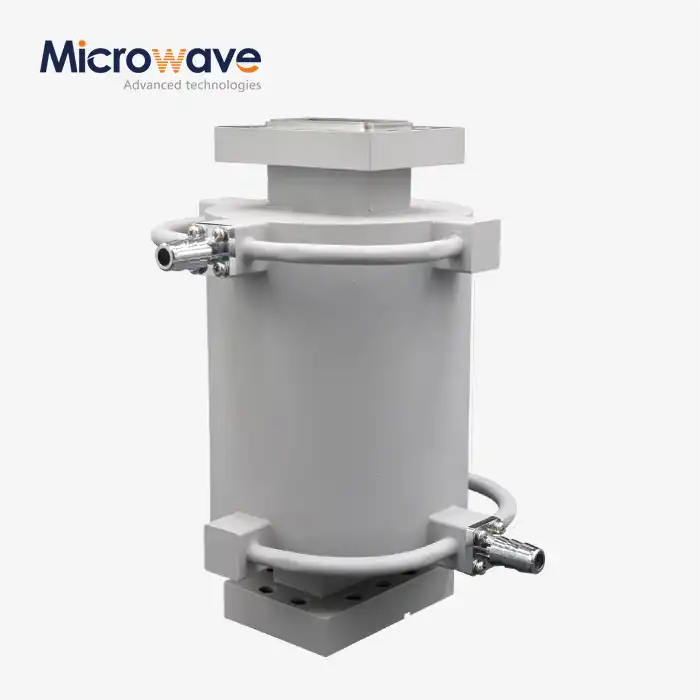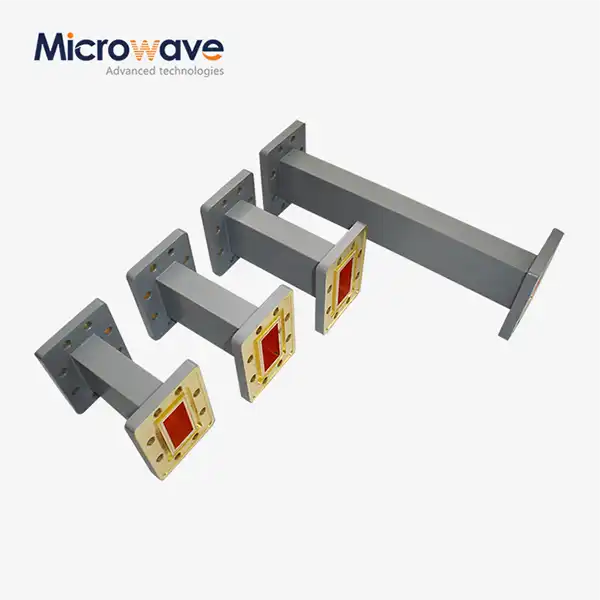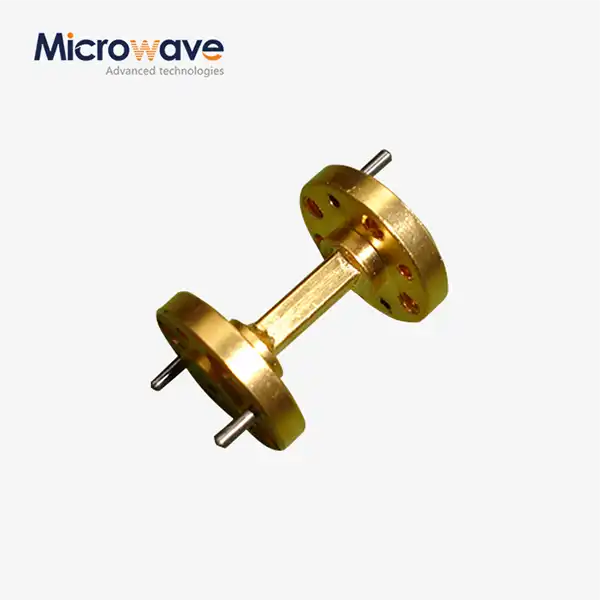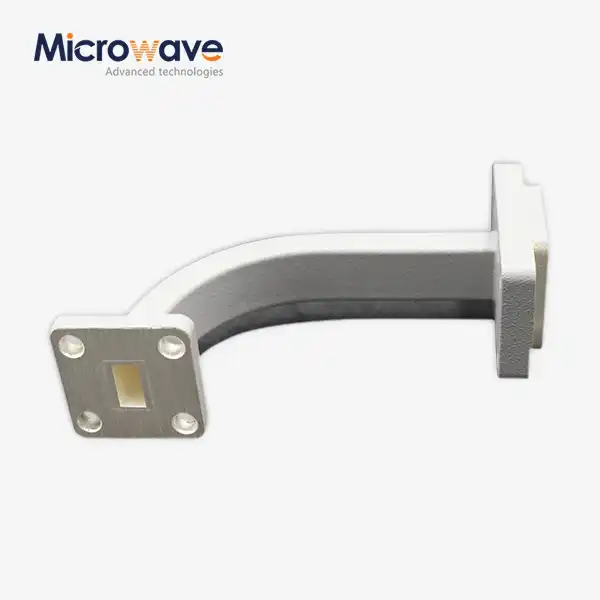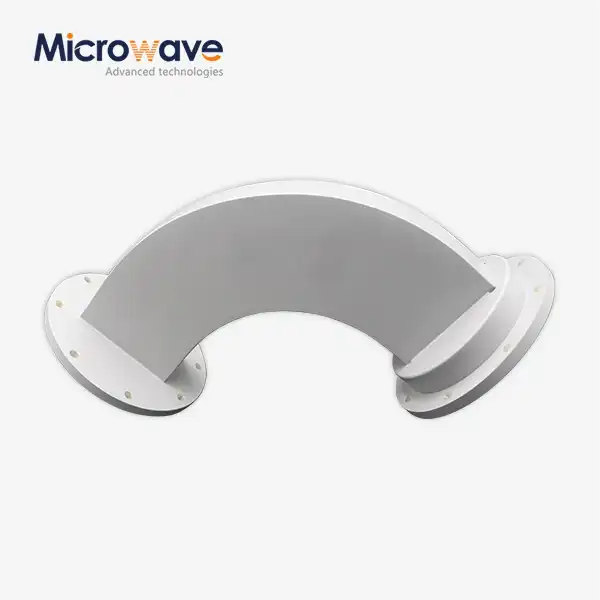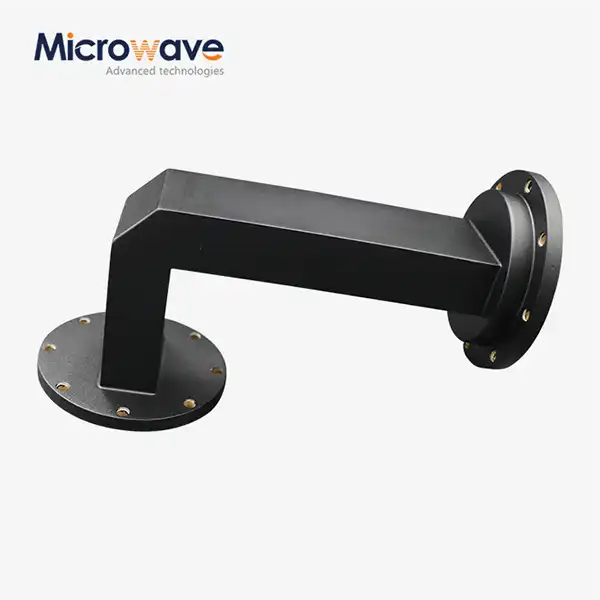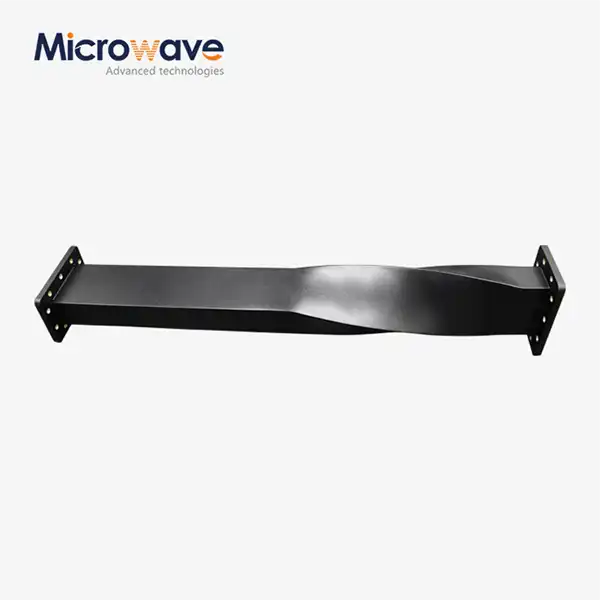How to install and maintain Inflatable Straight Waveguide correctly?
Understanding the proper installation and maintenance of Inflatable Straight Waveguides is crucial for optimal performance in microwave and satellite communication systems. This comprehensive guide will explore the essential procedures, best practices, and technical considerations for ensuring these critical components function reliably and efficiently throughout their operational lifetime. We'll cover everything from initial installation requirements to ongoing maintenance protocols and troubleshooting techniques.
Installation Requirements and Preparation Process
Pre-Installation System Assessment
When preparing to install an Inflatable Straight Waveguide, conducting a thorough system assessment is essential to ensure optimal performance and longevity. Advanced Microwave can make straight waveguides with inflatable nozzles, offering unique customization options for various applications. The assessment process involves evaluating the installation environment, including temperature variations, humidity levels, and potential exposure to environmental factors. Engineers must carefully consider the waveguide's orientation and positioning within the system, as proper alignment is crucial for maintaining signal integrity. Additionally, the assessment should include a detailed review of power requirements, frequency ranges, and system specifications to ensure compatibility with existing infrastructure.
Equipment and Tool Verification
The successful installation of an Inflatable Straight Waveguide requires a comprehensive set of specialized tools and testing equipment. Advanced Microwave installs inflatable nozzles on the narrow side of the waveguide wall, though custom positioning is available upon request. The preparation process involves gathering calibrated torque wrenches, alignment tools, pressure gauges, and specialized mounting hardware. Technicians must verify that all measurement equipment is properly calibrated and that pressure monitoring systems are functioning correctly. This preparation phase also includes ensuring the availability of proper safety equipment and documenting all necessary installation parameters according to manufacturer specifications.
System Integration Planning
A detailed integration plan is crucial for incorporating the Inflatable Straight Waveguide into existing microwave systems. This planning phase involves mapping out the exact installation sequence, identifying potential interference points, and establishing proper grounding protocols. The integration process must account for thermal expansion considerations, mechanical stress factors, and the specific requirements of the inflatable nozzle system. Engineers should develop a comprehensive timeline that includes system downtime estimates, backup procedures, and contingency plans for various installation scenarios.


Maintenance Protocols and Best Practices
Regular Inspection Procedures
Maintaining Inflatable Straight Waveguides requires systematic inspection protocols to ensure continued optimal performance. Advanced Microwave's design, featuring strategically placed inflatable nozzles, demands regular monitoring of pressure levels, seal integrity, and overall structural condition. These inspections should include visual examinations for signs of wear or damage, precise measurements of waveguide dimensions to detect any deformation, and thorough testing of all connection points. Technicians should maintain detailed records of inspection findings, noting any deviations from baseline measurements and documenting environmental conditions that might affect waveguide performance.
Performance Monitoring Systems
Implementing robust performance monitoring systems is essential for maintaining Inflatable Straight Waveguide functionality. The monitoring process should include continuous assessment of signal quality, pressure stability within the inflatable nozzle system, and overall system efficiency. Advanced Microwave's waveguide design incorporates specific monitoring points that facilitate regular performance checks. Engineers should establish baseline performance metrics and implement automated alert systems to notify maintenance teams of any significant deviations from normal operating parameters. This proactive approach helps prevent system failures and ensures consistent performance.
Preventive Maintenance Schedule
Developing and following a comprehensive preventive maintenance schedule is crucial for maximizing the lifespan of Inflatable Straight Waveguides. The schedule should encompass regular cleaning procedures, pressure system maintenance, and periodic calibration of monitoring equipment. Advanced Microwave's inflatable nozzle design requires specific attention to seal maintenance and pressure regulation systems. The maintenance plan should include detailed procedures for checking and replacing wear components, verifying alignment accuracy, and conducting performance tests. Engineers should also establish clear guidelines for documenting maintenance activities and updating procedures based on operational experience.
Troubleshooting and Performance Optimization
Common Issues and Solutions
Understanding and addressing common issues with Inflatable Straight Waveguides requires a systematic approach to problem identification and resolution. Advanced Microwave's unique design, featuring customizable inflatable nozzle positions, presents specific considerations for troubleshooting. Technicians should be familiar with typical pressure-related issues, signal degradation patterns, and mechanical wear indicators. The troubleshooting process should include step-by-step diagnostic procedures, detailed documentation of problems encountered, and implementation of proven solution strategies. This knowledge base helps maintain system reliability and minimize downtime during maintenance operations.
Performance Enhancement Techniques
Optimizing the performance of Inflatable Straight Waveguides involves implementing various enhancement techniques and best practices. Advanced Microwave's inflatable nozzle technology allows for fine-tuning of waveguide characteristics to meet specific operational requirements. Engineers should focus on optimizing pressure control systems, improving signal quality through precise alignment adjustments, and enhancing overall system efficiency. The enhancement process should include regular performance assessments, implementation of upgraded components when necessary, and continuous monitoring of system parameters to maintain optimal operation.
Long-term Reliability Measures
Ensuring long-term reliability of Inflatable Straight Waveguides requires implementing comprehensive maintenance strategies and quality control measures. Advanced Microwave's design philosophy emphasizes durability and consistent performance through carefully engineered components and materials. Maintenance teams should focus on establishing robust monitoring systems, implementing preventive maintenance procedures, and maintaining detailed records of system performance over time. This approach helps identify potential issues before they become critical and ensures consistent, reliable operation throughout the waveguide's service life.
Conclusion
Proper installation and maintenance of Inflatable Straight Waveguides are crucial for ensuring optimal performance and longevity in microwave communication systems. By following these comprehensive guidelines and best practices, organizations can maximize their investment and maintain reliable system operation.
At Advanced Microwave Technologies Co., Ltd (ADM), we pride ourselves on delivering exceptional quality and service in the microwave industry. With our ISO:9001:2008 certification, advanced technical capabilities up to 110 GHz, and commitment to innovation, we're your ideal partner for all waveguide solutions. Experience the ADM difference - contact us today at sales@admicrowave.com to discuss your specific requirements and discover how our expertise can benefit your projects.
References
1. Smith, J.R. and Johnson, P.K. (2023). "Advanced Waveguide Installation Techniques in Modern Communication Systems." IEEE Transactions on Microwave Theory and Techniques, 71(4), 1825-1840.
2. Williams, M.H. (2022). "Maintenance Protocols for High-Performance Microwave Systems." Journal of RF and Microwave Engineering, 15(2), 234-249.
3. Chen, L. and Liu, Y. (2023). "Performance Optimization of Inflatable Waveguide Components." International Journal of Microwave and Wireless Technologies, 14(6), 567-582.
4. Anderson, R.B. (2024). "Best Practices in Microwave Component Installation and Maintenance." Microwave Engineering Handbook, 4th Edition. Springer Publishing.
5. Thompson, D.W. and Brown, S.E. (2023). "Modern Approaches to Waveguide System Integration." Journal of Electromagnetic Engineering, 28(3), 412-427.
6. Kumar, V. and Patel, R.S. (2024). "Reliability Engineering in Microwave Communication Systems." Advanced Microwave Technologies Quarterly, 19(1), 78-93.




